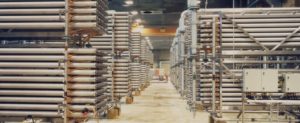
INTRODUCTION Stora Nymölla AB is one of the world’s largest manufacturers of bleached magnifite pulp. Production of pulp started in 1962 at Nymölla, and actual paper manufacture began in 1972. At present, the mill’s capacity is 300,000 tonnes per year, of which 200,000 tonnes is used by Stora Nymölla for the manufacture of high quality printing […]
View More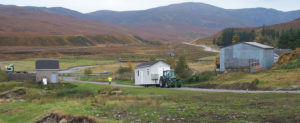
INTRODUCTION Achnasheen is a village community of 120 people in Wester Ross, 40 miles North of Inverness in the Highlands of Scotland. Water from the Achnasheen burn has traditionally been filtered and chlorinated before being supplied to the village. The existing treatment process has consistently failed to meet Scottish Water’s drinking water quality standards due […]
View More
BACKGROUND ARP has expanded continuously since 1958 whe 7000 tonnes of tomatoes were processed, up to 100,000 tonnes/year (1984 figures). The factory produces 28º-30º Brix and 36º-38º Brix concentrate for major European clients. PREVIOUS PROCESS In the 1983 season the factory process was the standard hot break process with feed juice at an average of […]
View More
INTRODUCTION Out Skerries is a group of three small islands with a population of approximately 100 inhabitants in the extreme most northerly tip of Scotland, 30 miles due northeast of Shetland. This location presents issues of remoteness and requires consideration of the sensitive environmental context. The Islands, all connected by bridges, had an existing high-level […]
View More
BACKGROUND At Damsdorf in Germany, the existing 15 hectare landfill site, which had no bottom sealing or leachate collection system was approaching capacity. A new site was constructed in 2 sections, each of 6 hectares, with a total refuse capacity of 3 million cubic metres. This new site had bottom and topsealing systems, and a […]
View More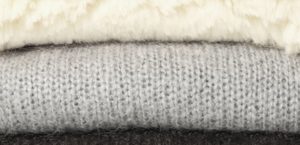
Large amounts of process water are used in the textile industry throughout the world. Continuing environmental and legal pressures, together with recent shortages of good quality water, is driving industry to seek cost-effective recycling solutions. Crossflow membrane filtration and colour inactivation technologies can provide in excess of 90% hot water recovery at process temperature offer […]
View More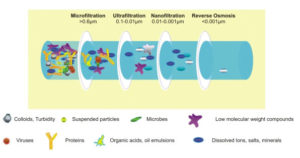
A membrane can be defined as an interface between two phases. In membrane separation processes, this interface is usually a physical barrier that is permeable to some of the species present in one of the streams. In order to carry out the process, a driving force is necessary, in this case pressure. There are in […]
View More
When process engineers need to separate effluent streams, clarify or fractionate and where they demand reliable and repeatable performance, membrane filtration systems are often their first choice. At its most basic level membrane filtration involves separating a single flow stream into two separate streams, one more concentrated than the other, by passing it through a […]
View More
When process engineers need to separate effluent streams, clarify or fractionate and where they demand reliable and repeatable performance, membrane filtration systems are often their first choice. At its most basic level membrane filtration involves separating a single flow stream into two separate streams, one more concentrated than the other, by passing it through a […]
View More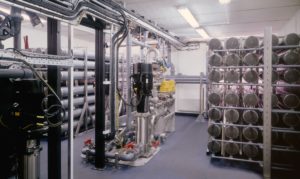
Tubular Membranes PCI Membranes’ own 12mm diameter tubular membranes are used in the Fyne process due to their ability to handle suspended solids without blocking of membrane pores. The Nano-Filtration (NF) membranes retain contaminants on the raw water side and allow potable water to permeate. The deposition of impurities upon the membrane’s surface is minimised […]
View More